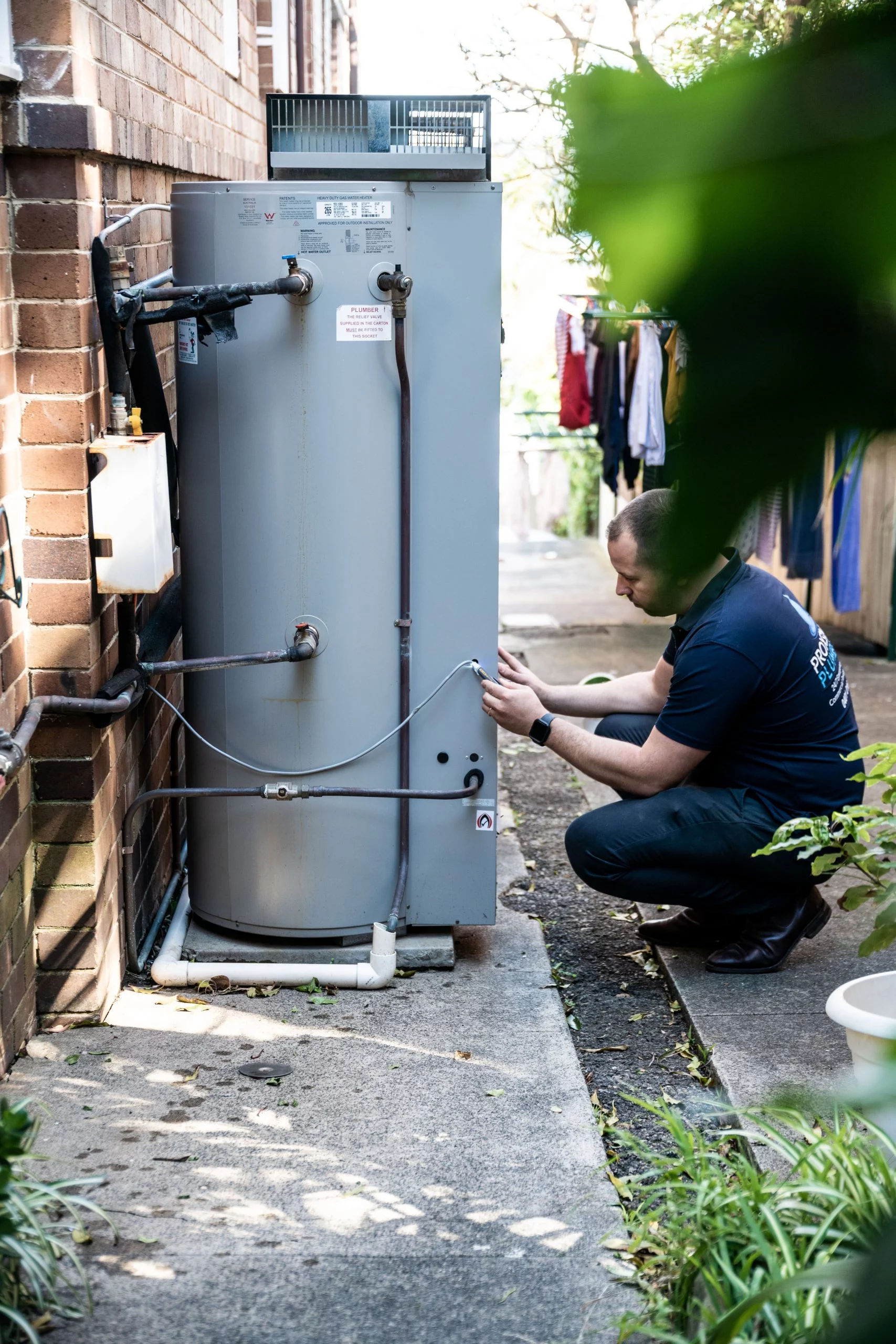Simple Steps to Caring for Your Home's Hot Water SystemEssential Care Strategies for Your Home's Hot Water System
Call TodayEvery person will have their own way of thinking on the subject of How to Maintain a Hot Water Heater in a Few Simple Steps.

Warm water is necessary for everyday convenience, whether it's for a revitalizing shower or cleaning meals. To ensure your warm water system runs successfully and lasts longer, regular maintenance is key. This post provides practical pointers and understandings on how to preserve your home's hot water system to stay clear of interruptions and costly repairs.
Introduction
Keeping your home's hot water system could seem challenging, yet with a couple of easy actions, you can ensure it runs smoothly for years ahead. This guide covers every little thing from understanding your warm water system to DIY upkeep suggestions and recognizing when to contact specialist help.
Relevance of Preserving Your Warm Water System
Regular upkeep not only expands the life expectancy of your warm water system however additionally ensures it runs effectively. Neglecting upkeep can lead to reduced efficiency, greater power expenses, and also premature failing of the system.
Signs Your Hot Water System Requirements Maintenance
Understanding when your warm water system needs focus can avoid significant issues. Watch out for signs such as inconsistent water temperature level, unusual noises from the heating system, or corroded water.
Understanding Your Warm Water System
Prior to diving into upkeep jobs, it's useful to comprehend the standard parts of your hot water system. Typically, this consists of the water heater itself, pipelines, anode rods, and temperature level controls.
Monthly Upkeep Tasks
Regular regular monthly checks can help capture minor problems prior to they intensify.
Purging the Water Heater
Purging your water heater eliminates sediment accumulation, boosting effectiveness and lengthening its life.
Checking and Changing Anode Rods
Anode poles avoid deterioration inside the tank. Checking and replacing them when worn is critical.
Examining and Readjusting Temperature Settings
Changing the temperature level setups makes certain optimal performance and security.
Do It Yourself Tips for Upkeep
You can execute several maintenance tasks yourself to keep your hot water system in leading problem.
Looking for Leakages
On a regular basis check pipelines and links for leakages, as these can cause water damage and higher costs.
Examining Pressure Relief Valves
Testing the pressure safety valve guarantees it operates properly and avoids extreme pressure accumulation.
Protecting Pipes
Protecting hot water pipes decreases warm loss and can save energy.
When to Call an Expert
While DIY upkeep is valuable, some concerns need expert know-how.
Facility Problems Calling For Specialist Assistance
Examples include significant leakages, electrical problems, or if your water heater is regularly underperforming.
Regular Specialist Upkeep Perks
Expert maintenance can consist of detailed inspections, tune-ups, and ensuring compliance with safety and security criteria.
Final thought
Routine upkeep of your home's warm water system is essential for performance, longevity, and expense financial savings. By following these pointers and recognizing when to seek expert aid, you can make certain a trustworthy supply of hot water without unanticipated disturbances.
How to Maintain an Instant Hot Water Heater
Before tinkering with your hot water heater, make sure that it’s not powered on. You also have to turn off the main circuit breaker and shut off the main gas line to prevent accidents. Also turn off the water valves connected to your unit to prevent water from flowing into and out of the appliance. 2. When you’re done, you have to detach the purge valves’ caps. These look like the letter “T” and are situated on either side of the water valves. Doing so will release any pressure that has accumulated inside the valves while at the same time avoid hot water from shooting out and burning your skin. 3. When the purge valves’ caps are removed, you have to connect your hosing lines to the valves. Your unit should have come with three hoses but if it didn’t, you can purchase these things from any hardware or home repair shops. You can also get them from retail stores that sell water heating systems. Read the user’s manual and follow it to complete this task properly. When the hosing lines are connected, open the purge port’s valves. 4. You should never use harsh chemical cleaners or solutions when cleaning your unit. Make use of white vinegar instead. It should be undiluted and you’ll probably use about 2 gallons. 5. Now flush your water heater. This task should probably take about 40 minutes. We can’t give you specific directions for this because the procedure is carried out depending on the type, model and brand of your heater. With that being said, refer to the user’s manual. 6. When you’re done draining the unit, you have to turn off the purge port valves again. Remove the hosing lines that you earlier installed on each of the water valves. Put the valve caps (purge port) back in their respective places and be very careful so as not to damage the rubber discs that are found inside these caps. 7. Now that everything’s back in place, check your user’s manual again to find out how to reactivate your water heating system. 8. Once it is working, turn one of your hot water faucets on just to let air pass through the heater’s water supply pipes. Leave the tap on until water flows smoothly out of it. https://www.orrplumbing.com/blog/2014/september/how-to-maintain-an-instant-hot-water-heater/

We are very involved in Water Heater Maintenance Tips You Can't Afford to Forget and I hope you appreciated the blog posting. Sharing is nice. Helping people is fun. Many thanks for your time. Revisit us soon.
Schedule Today!